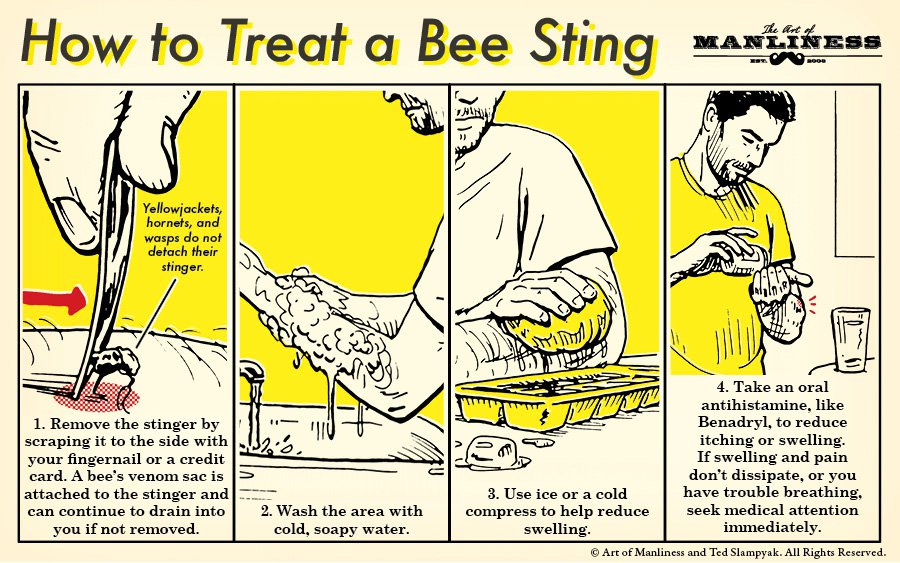Were it not for their stings, bees would likely be viewed with the same playful fascination we give to butterflies and worms. But the reality is that housed in their little yellow-and-black bodies is a powerful stinger attached to a nasty little sac of venom just waiting to let you know you’re in the wrong place at the wrong time.
To be fair to bees, most stings are carried out by vespids, a classification of insects that includes things like wasps, yellow jackets, and hornets. While they look like bees, vespids are far more aggressive and don’t have the common decency to produce something delicious, like honey, as a means of making up for their brutish behavior.
Even though bees and vespids are thought of as summertime nuisances, the likelihood of stings actually goes up in early fall. At this time of year, populations of yellow jackets, wasps, and hornets are at their highest, and in preparation for winter, their diets have shifted to focus on more sugary foods, like our sodas, candies, and ice creams. The result is a greater chance of an encounter with a pest that’s more keen than usual on getting what you have. If you find yourself at the business end of an angry stinger, follow these steps to neutralize the pain and prevent excessive swelling.
Illustration by Ted Slampyak

Sorry, the comment form is closed at this time.